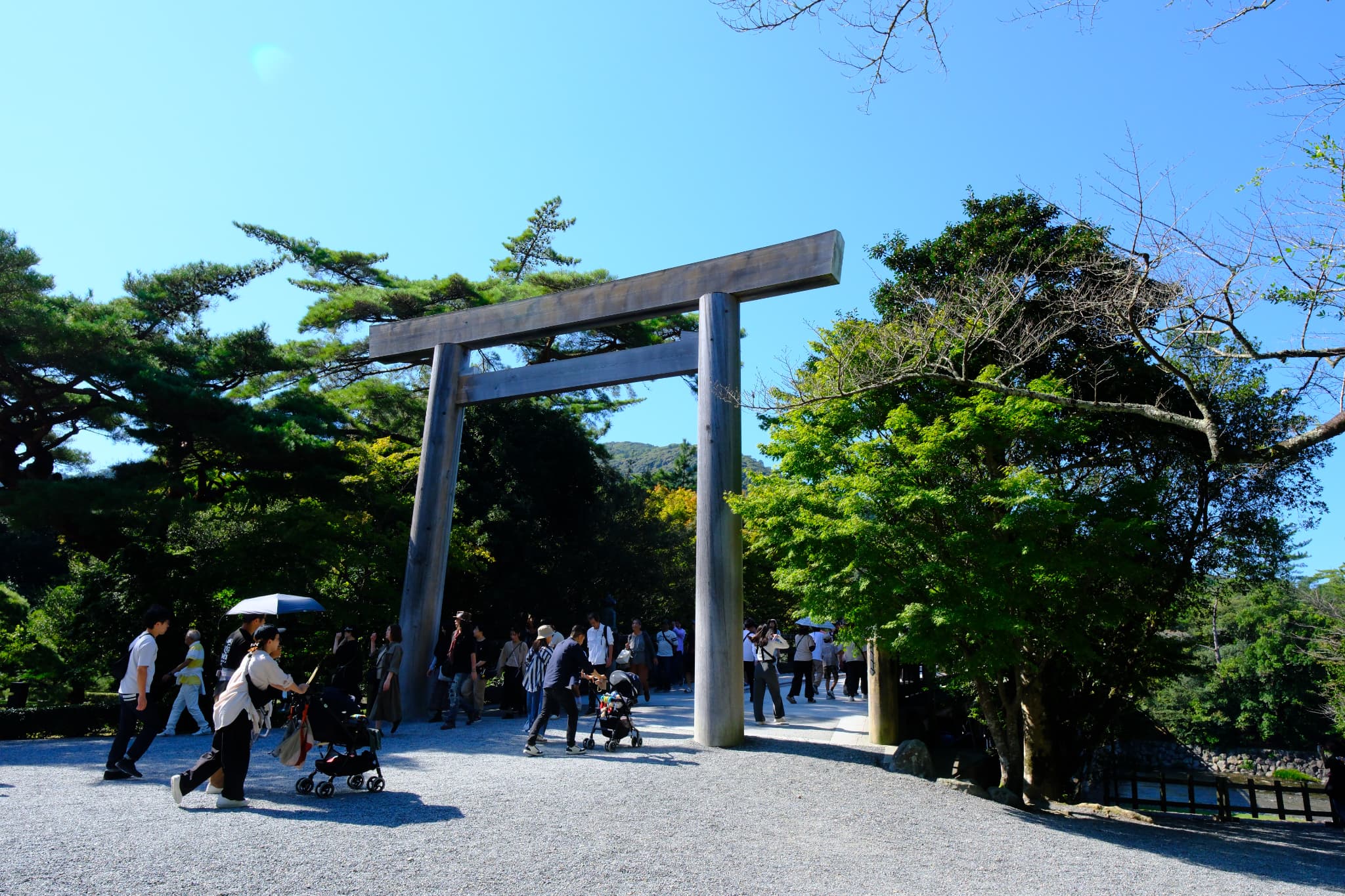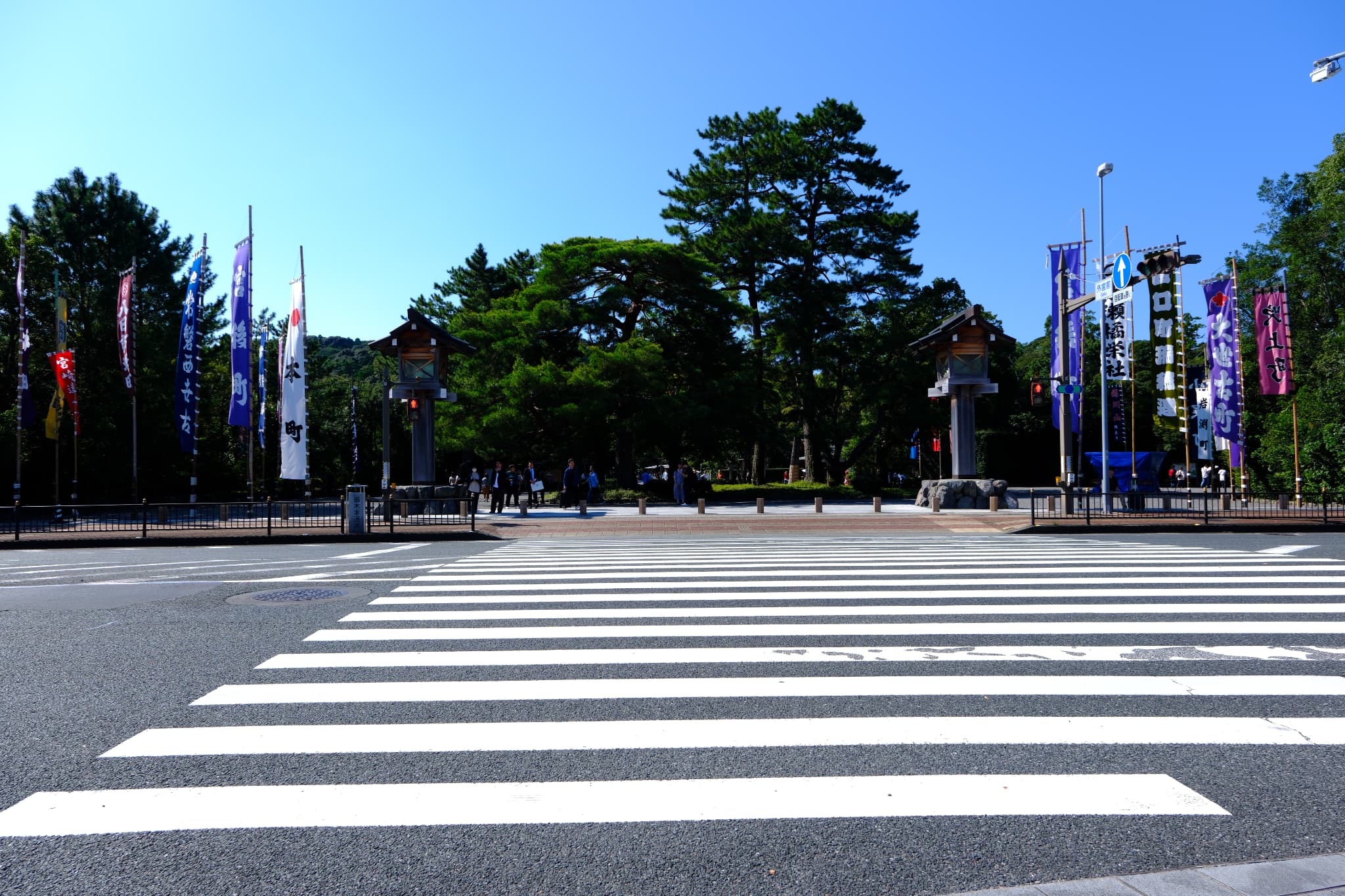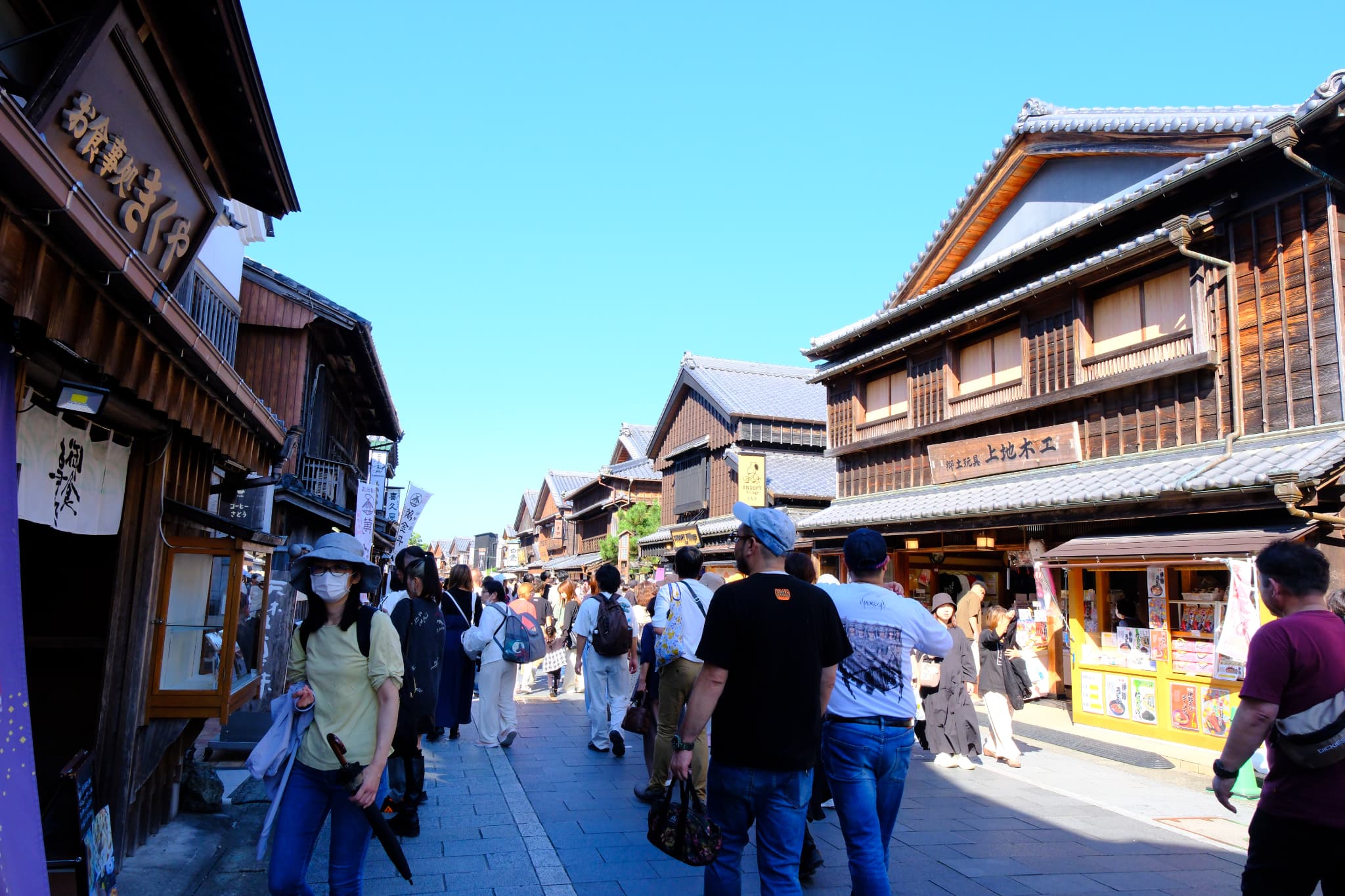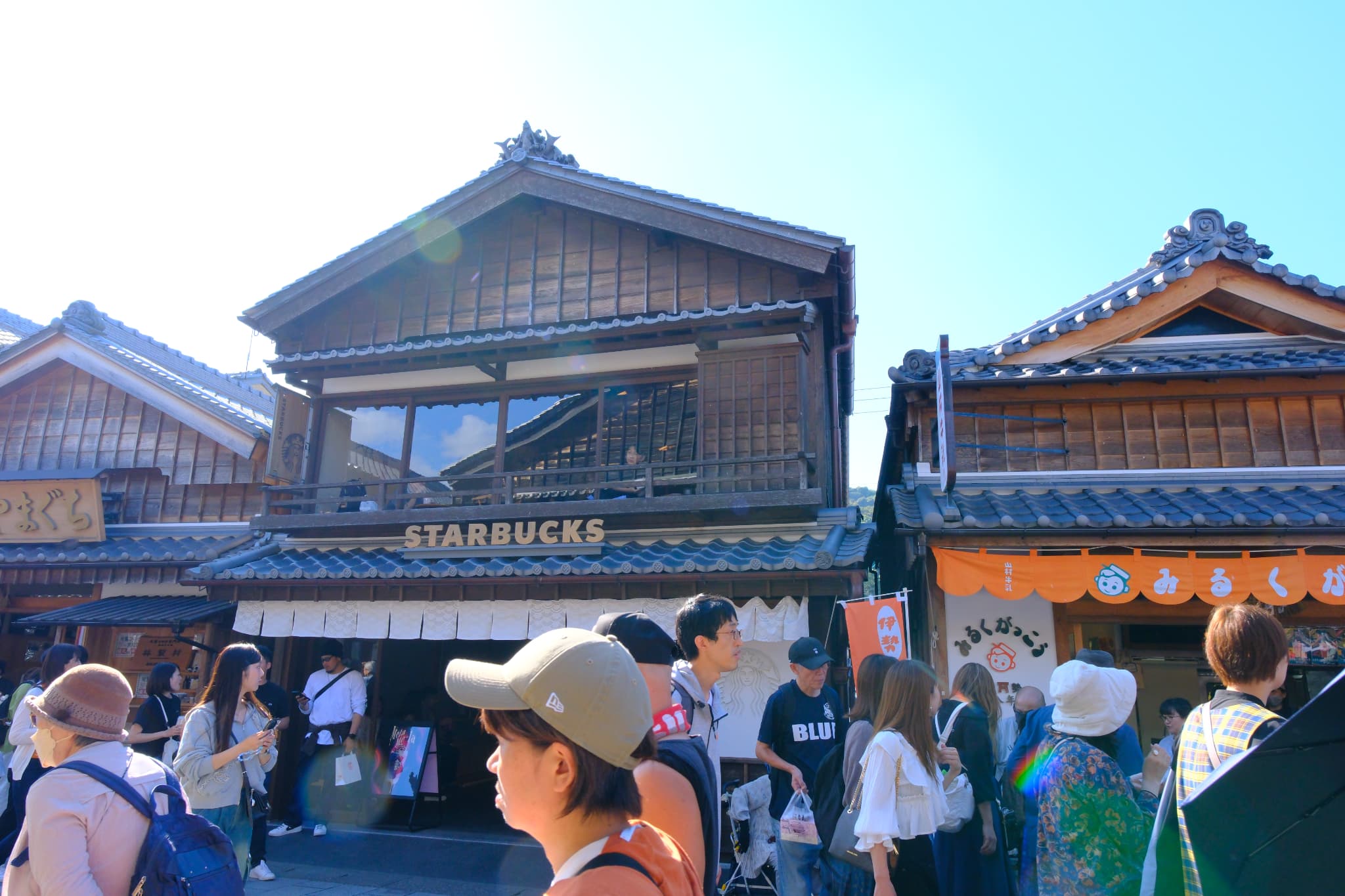The shrine in Ise, Mie Prefecture, has long been revered as a special and unique presence among the many shrines in Japan. For foreign travelers, shrines and temples are often strongly associated with places like Kyoto and Nara. However, shrines and temples are different, and while I will leave out temples here, the shrine in Ise, Mie Prefecture, holds the highest rank among all the shrines in Japan. Ise Jingu consists of two main shrines, Geku (Outer Shrine) and Naiku (Inner Shrine), and there is a proper route for worship. Additionally, near Naiku, there is the ‘Oharaimachi’ and ‘Okage Yokocho,’ which are lined with numerous souvenir shops and restaurants.
What are the Shrines of Ise?
Ise Jingu is often referred to as “Ise Shrine” in Japan. While it is common to use the format “○○ Jingu” for other famous shrines, such as “Meiji Jingu” in Tokyo, “Kashima Jingu” in Ibaraki Prefecture, and “Udo Jingu” in Miyazaki Prefecture, the official name of Ise’s shrine complex is simply “Jingu.” This indicates its special status among shrines. (In Japanese, “shrine” is referred to as “Jingu.”)
It’s important to note that Ise Jingu does not refer to a single shrine but encompasses a total of 125 shrines.
The two main shrines within this complex are the Inner Shrine (Naiku) and the Outer Shrine (Geku).
The Inner Shrine, officially known as Koutai Jingu, and the Outer Shrine, officially known as Toyouke Daijingu, are located on separate grounds, requiring a bus or taxi to travel between them. It’s likely that the Inner Shrine is more famous internationally, as it tends to be significantly busier than the Outer Shrine.


Oharaimachi and Okage Yokocho

Just outside the Inner Shrine (about a one-minute walk from the entrance) is a place called Oharaimachi, where souvenir shops and restaurants are densely packed. Within Oharaimachi, the area that is particularly crowded and considered the center is called Okage Yokocho.
Since Oharaimachi and Okage Yokocho are located within the same premises, the distinction between them isn’t significant. The streets are designed to recreate a retro Japanese town, attracting many tourists. I highly recommend visiting the Inner Shrine along with Oharaimachi and Okage Yokocho as a combined experience!

The proper route for worship

As mentioned, the main components of Ise Jingu are the Inner Shrine (Naiku) and the Outer Shrine (Geku). Each of these has a main shrine (Goshogu) and separate shrines (Betsugu), and the proper worship route is as follows:
- Outer Shrine’s main shrine (Goshogu)
- Outer Shrine’s separate shrine (Betsugu)
- Inner Shrine’s main shrine (Goshogu)
- Inner Shrine’s separate shrine (Betsugu)
It’s important to note that there is no restriction on visiting the Inner Shrine first; many people choose to visit only the Inner Shrine.
Your travel route may vary based on your time constraints. However, by knowing the “proper route for worship,” I hope you can enjoy your visit to Ise Jingu and enhance your experience in Japan.
Note: This article contains information as of October 14, 2024.

